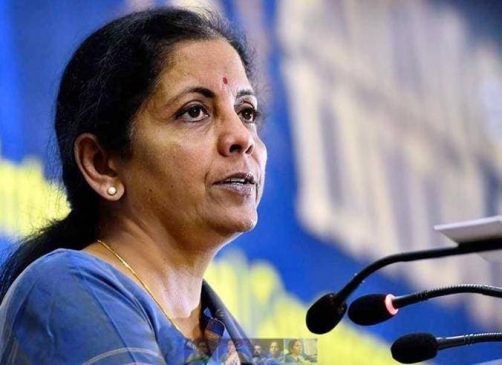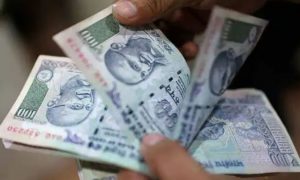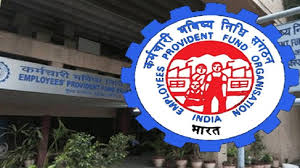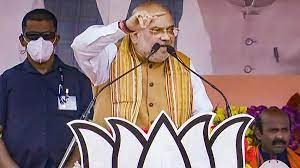Finance Minister Nirmala Sitharaman said that as of March 2022, loans sanctioned under this scheme have crossed Rs 3.19 lakh crore
Finance Minister Nirmala Sitharaman on Wednesday said India’s fundamentals are once again sound on the back of steps taken by the government since 2014, including reducing the corporate tax, ensuring the digitisation of the economy, and bringing in the GST and IBC. She added that all of this heavy lifting prepared the country for the unprecedented situation of the COVID-19 pandemic.
Sitharaman added that when the government looks at the targeted approach of providing assistance and takes the input from the ground and does so quickly, in time and in an open fashion, the impact is for all to see. She cited a study on the Pradhan Mantri Garib Kalyan Yojana (PMGKY), which brought out that the probability of people cutting down consumption utilities has come down by 75 per cent across the country. The study has also shown that the PMGKY reduced the probability of borrowing money by 67 per cent of all respondents.
Read More: PayPal Starts Allowing Transfer of Crypto to External Wallets
She was speaking at the launch of the Iconic Day celebrations of the Department of Economic Affairs with the Securities and Exchange Board of India (Sebi) under the Azadi Ka Amrit Mahotsav (AKAM) in Delhi on Wednesday.
Citing another study on the Emergency Credit Liquidity Guarantee Scheme (ECLGS), the finance minister said that as of March 2022, loans sanctioned under this scheme have crossed Rs 3.19 lakh crore and the scope of ECLGS has now been extended till 2023. The study says that this handholding has kept many people afloat during the pandemic.
“The third study highlighted by the Finance Minister was on the Ayushman Bharat scheme wherein the implementation of this scheme has been associated with a 21% decline in out-of-pocket health expenditure and 8 per cent reduction in the tendency to borrow for emergency health purposes,” the finance ministry said in a statement on Wednesday.
Sitharaman said the economic affairs department has channelised the external aid towards every region of the country, with the support of multiple multilateral institutions. India smartly raised funds and distributed them not only for infrastructure building but also for livelihood prospects in each region.
She also appreciated the department’s efforts through the IDEAS project that spans across so many countries and making a difference to the livelihood environment, especially for most of Africa and also for the Island countries.
In his address during the AKAM celebrations, Chief Economic Advisor Anantha V Nageswaran said the structural reforms of this government, such as the goods and services tax (GST) and the Insolvency & Bankruptcy Code (IBC), will manifest their advantages and potential in the coming decade, once the current clouds of global political developments and macro monetary policy challenges dissipate.
Read More: Not SBI, ICICI or even HDFC – this bank has the most number of microATMs in India
The CEA underlined that for these reasons, India is forecast by the International Monetary Fund (IMF) to cross $5 trillion by 2026-27 and if the country’s GDP doubles every seven years, it will be $20 trillion GDP by 2040 with the per-capita income close to $15,000.
Nageswaran stated that India is better positioned than many other countries in facing the current challenges. He indicated that we face challenges of managing a sustainably high growth rate, moderate inflation, keeping the fiscal under balance and also ensuring that the external value of the rupee remains stable. The CEA stated that the government is prepared to meet the challenges of balancing these core important considerations.
Sitharaman also launched the NETRA (New e-Tracking and Remote Administration) portal and mobile application for the Indian Development and Economic Assistance Scheme (IDEAS).
Apart from the finance minister and the chief economic advisor, Economic Affairs Secretary Ajay Seth and Sebi Whole-Time Member S K Mohanty also participated.





































